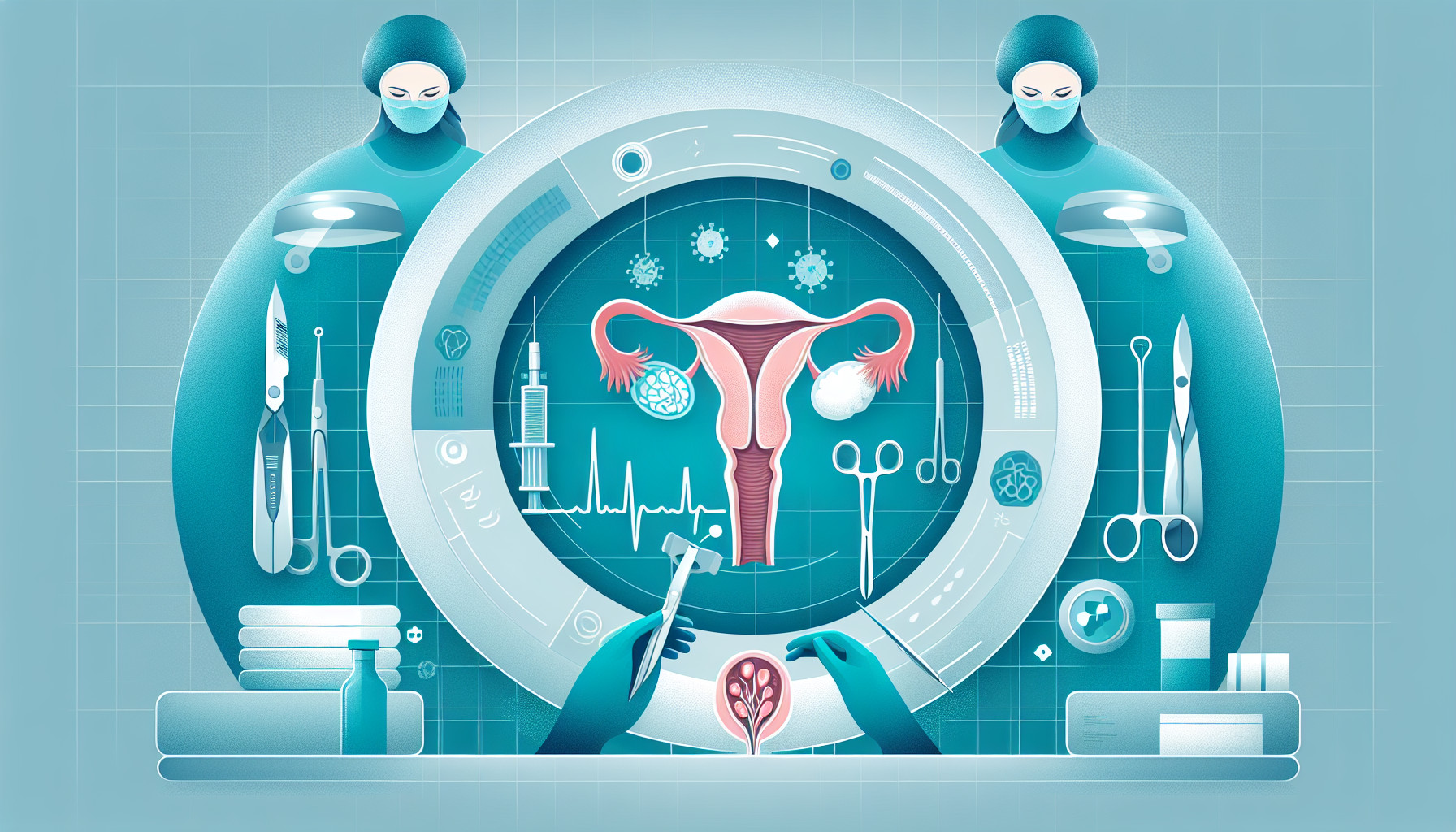Our Summary
This research paper discusses a case where a baby girl had an ovarian cyst detected before she was born. Most of these cysts go away on their own, but some can grow larger and twist, causing the cyst to cut itself off from its blood supply and then separate from the ovary. This process is known as auto-amputation. Even though this can occur, it’s often missed in ultrasound scans before and after birth. In this case, the cyst didn’t go away and kept getting bigger after the baby was born. Even with ultrasound and MRI scans, doctors couldn’t see that the cyst had auto-amputated. The diagnosis was only confirmed when the doctors performed a laparoscopy, a minor surgical procedure that involves inserting a camera into the body. This procedure is safe and effective for removing ovarian cysts in newborns and infants.
FAQs
- What is the frequency of detection of foetal ovarian cysts due to the routine schedule of antenatal ultrasound scans?
- How safe and effective is laparoscopy for the removal of ovarian cysts in neonates and infants?
- Why do pre-and post-natal scans sometimes fail to identify auto-amputation of ovarian cysts?
Doctor’s Tip
One helpful tip a doctor might tell a patient about ovarian cyst removal is to follow post-operative care instructions carefully, including taking prescribed pain medication, avoiding strenuous activities, and attending follow-up appointments to monitor recovery and ensure there are no complications. It’s also important to notify your doctor of any unusual symptoms or signs of infection, such as fever, increased pain, or abnormal discharge. Following these guidelines can help promote a smooth and successful recovery after ovarian cyst removal.
Suitable For
Patients who are typically recommended ovarian cyst removal include those with:
- Large ovarian cysts that are causing symptoms such as abdominal pain or fullness
- Cysts that are persisting or increasing in size despite conservative management
- Cysts that are at risk of torsion or rupture
- Cysts that are suspected to be malignant or have concerning features on imaging studies
- Cysts in postmenopausal women, as they have a higher risk of malignancy
- Cysts in women with a family history of ovarian cancer or other risk factors for ovarian malignancy
It is important for patients with ovarian cysts to be closely monitored by their healthcare provider to determine if and when surgical intervention is necessary.
Timeline
Before ovarian cyst removal:
- Patient may experience symptoms such as pelvic pain, bloating, and irregular menstrual periods
- Patient may undergo diagnostic tests such as ultrasound, MRI, or blood tests to confirm the presence of an ovarian cyst
- If the cyst is deemed to be large, causing symptoms, or at risk of complications such as torsion, surgery may be recommended
- Patient may undergo pre-operative preparations such as fasting before surgery
After ovarian cyst removal:
- Patient may experience some pain and discomfort in the days following surgery, which can be managed with pain medication
- Patient may be advised to avoid strenuous activities for a period of time to allow for proper healing
- Follow-up appointments may be scheduled to monitor the patient’s recovery and ensure that there are no complications
- Patient may be advised on any necessary lifestyle changes to prevent the recurrence of ovarian cysts
- In most cases, the patient can resume normal activities within a few weeks after surgery.
What to Ask Your Doctor
- What are the risks and benefits of removing the ovarian cyst?
- What is the recommended method of removal for my specific case?
- How long is the recovery period after the surgery?
- Will removing the cyst affect my future fertility?
- Are there any potential complications associated with the surgery?
- How likely is it that the cyst will come back after removal?
- Will I need any follow-up visits or tests after the surgery?
- What kind of anesthesia will be used during the surgery?
- Will there be any scarring after the surgery?
- Are there any restrictions or precautions I should take after the surgery?
Reference
Authors: Jayakumar TK, Saxena R, Yadav T, Mathur NS, Sinha A. Journal: Afr J Paediatr Surg. 2024 Jan 1;21(1):58-60. doi: 10.4103/ajps.ajps_30_22. Epub 2023 Jan 19. PMID: 38259022
